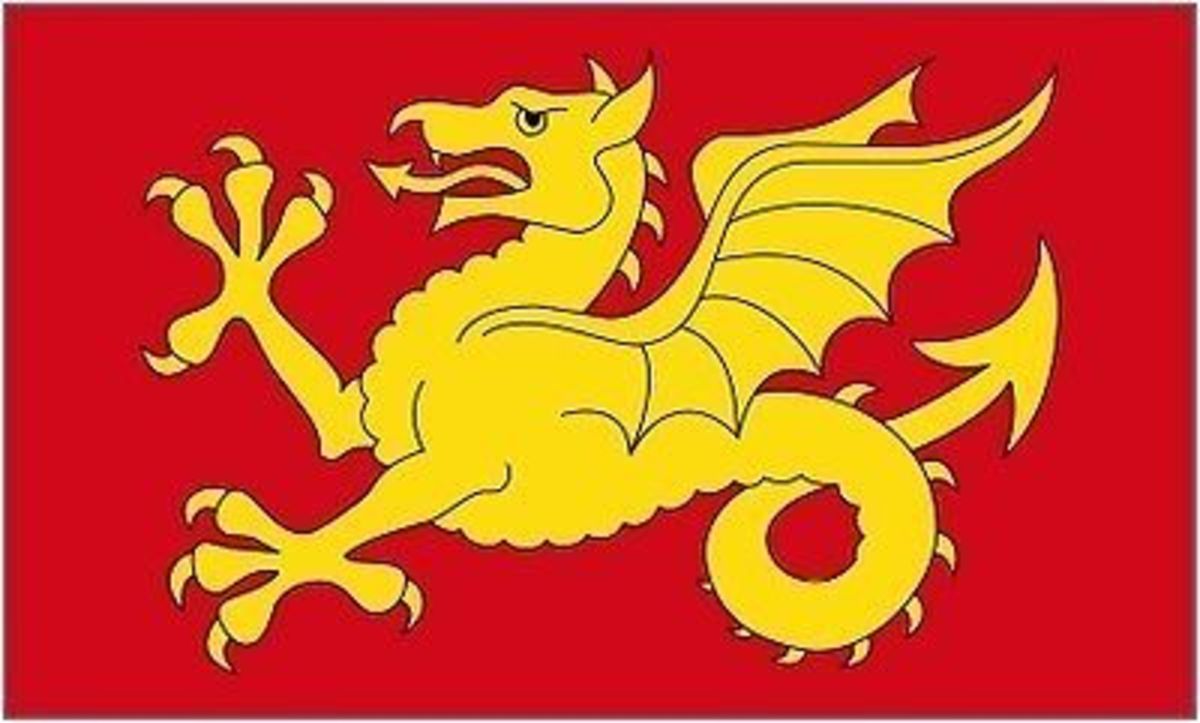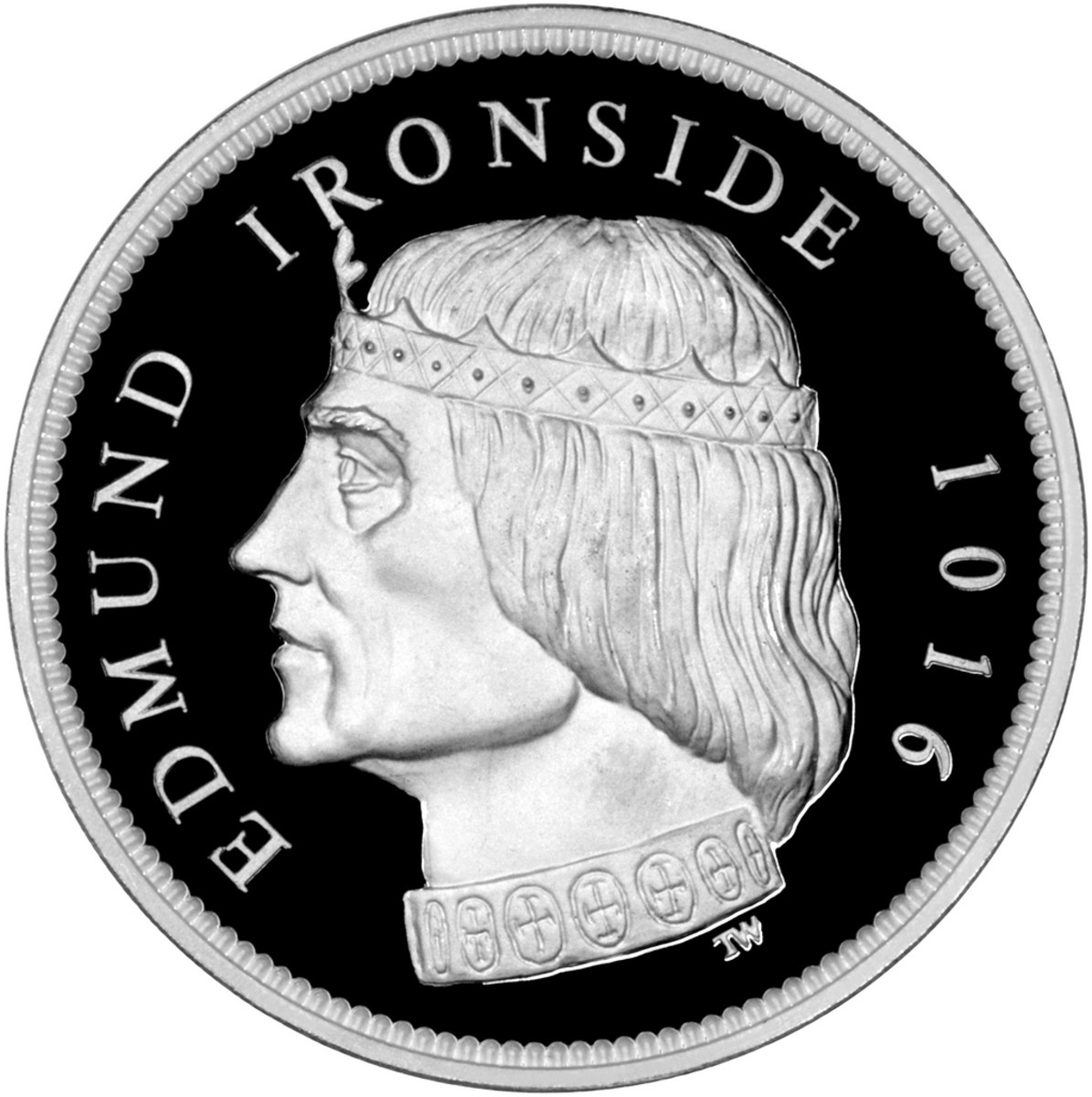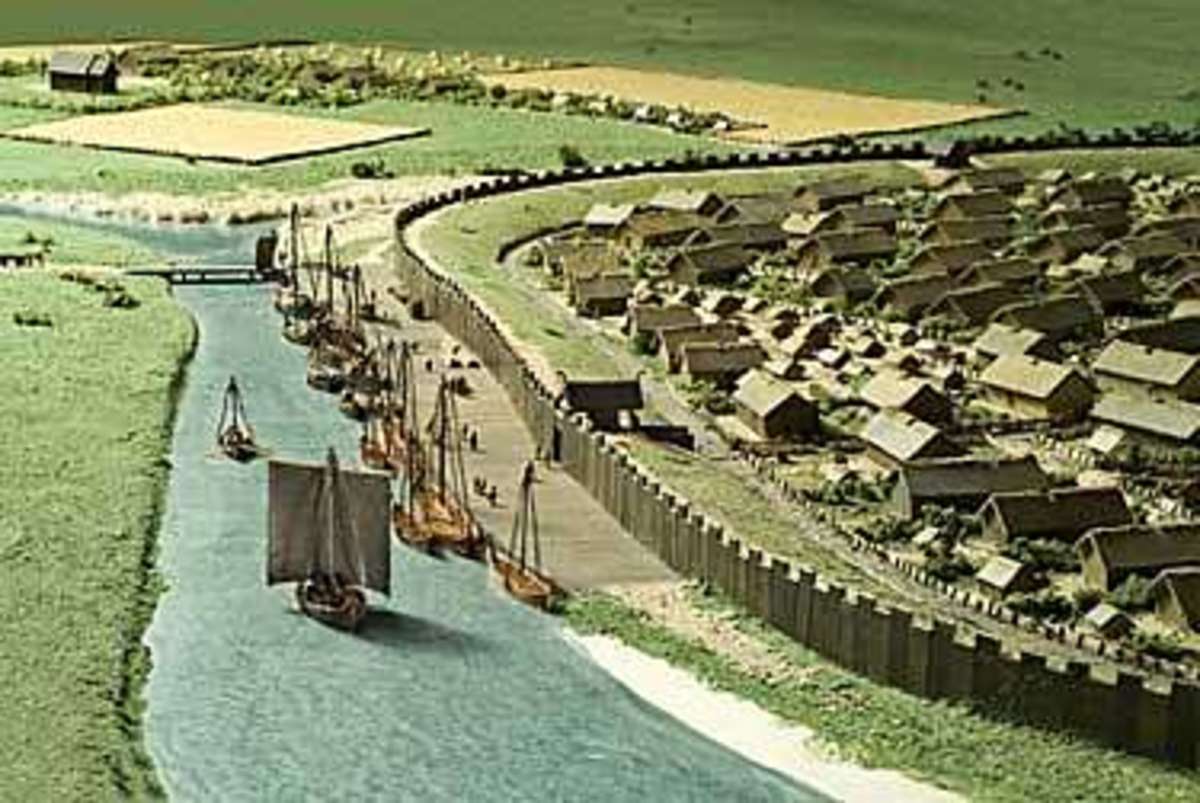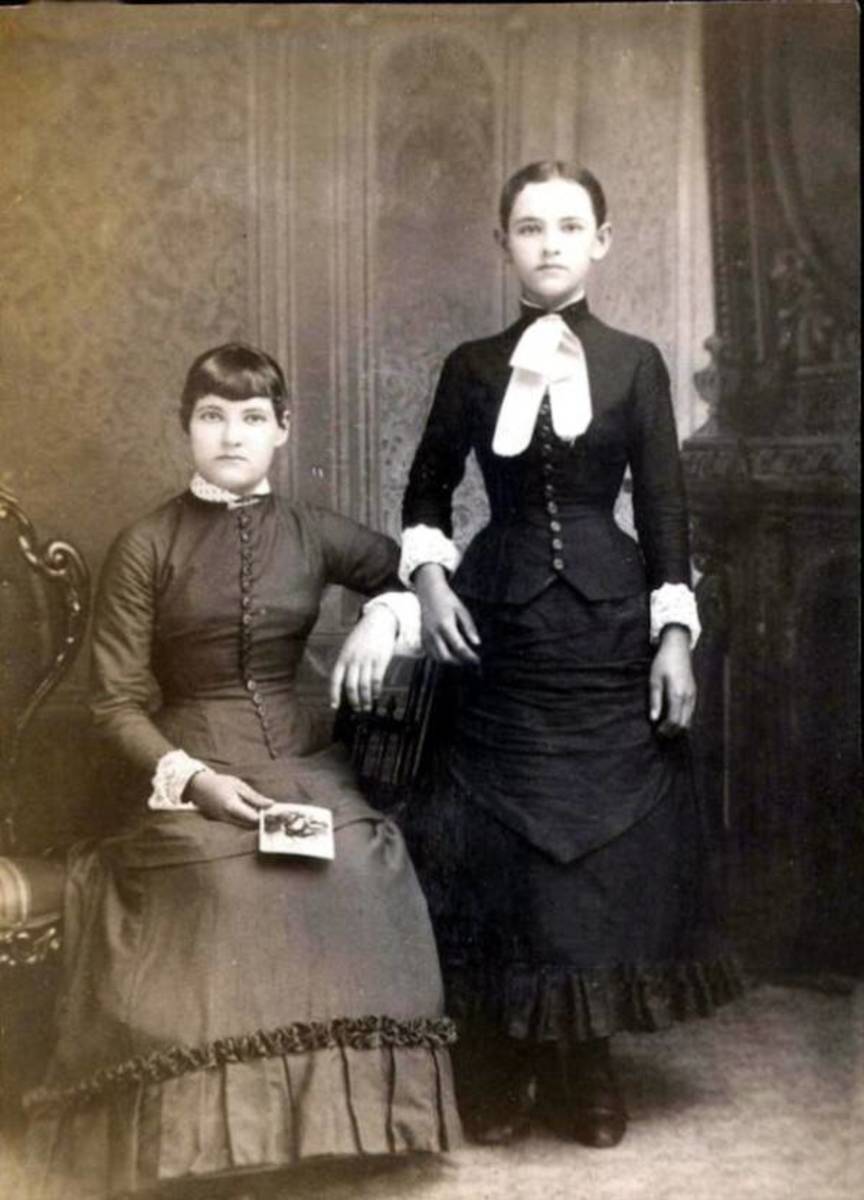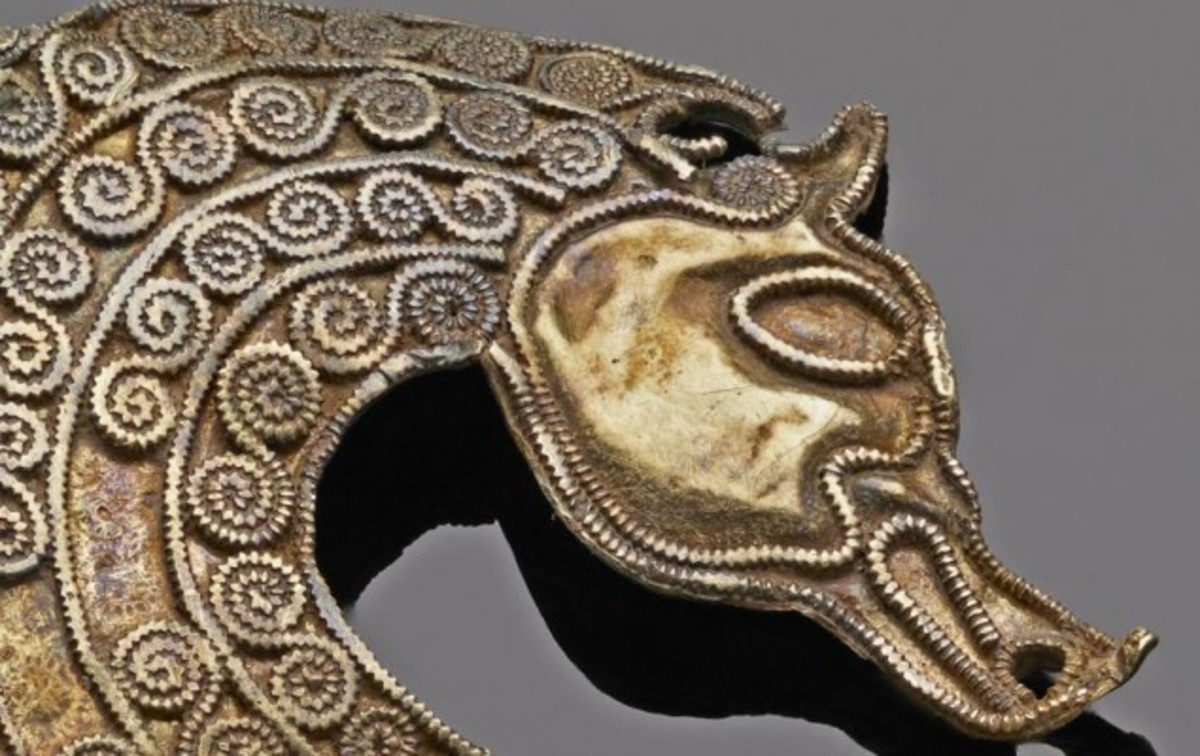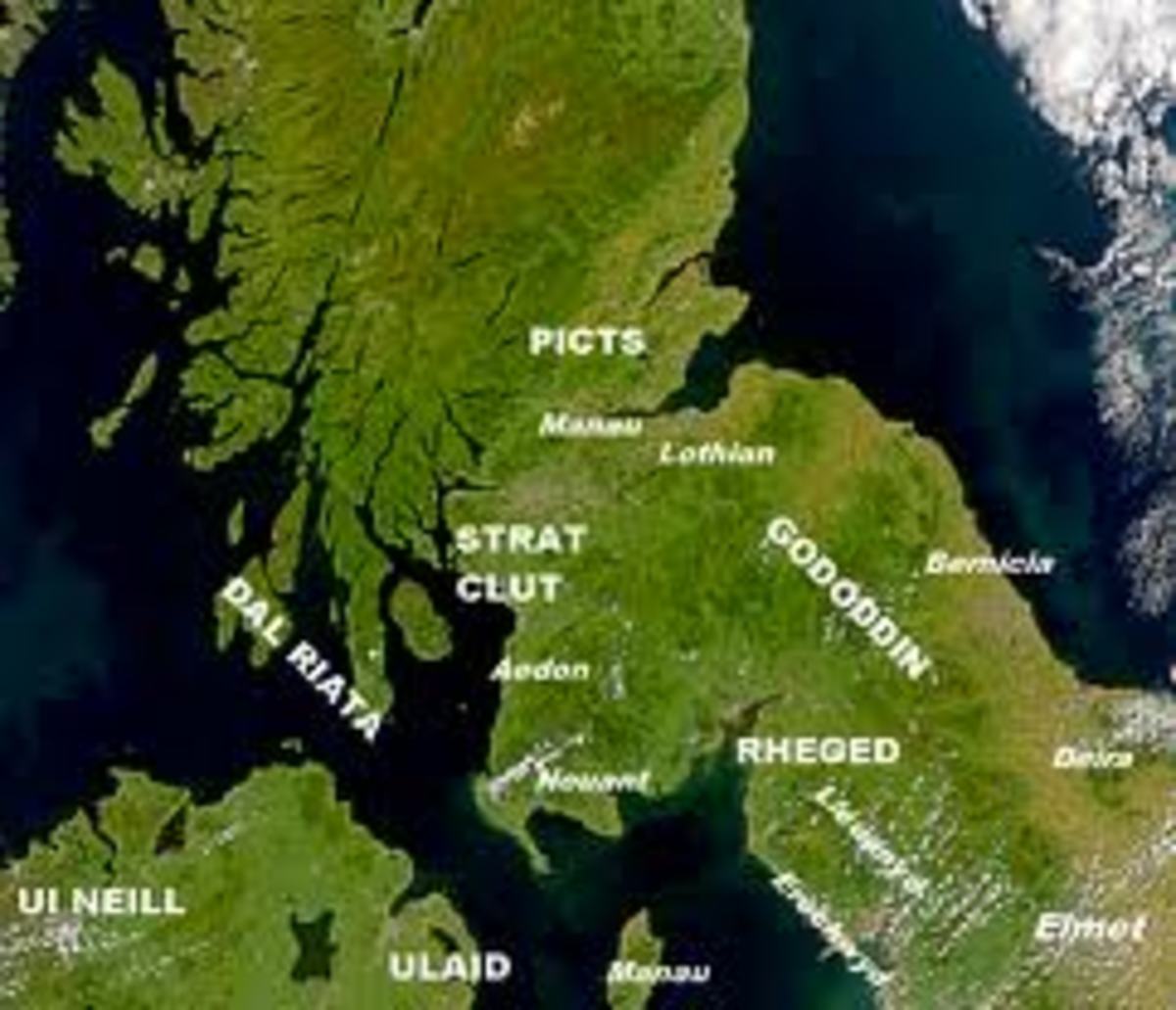- HubPages»
- Education and Science»
- History & Archaeology»
- History of Europe
King Canute
Canute
King Canute, Cnut, or Knut is best remembered for the story of how he commanded the sea to go back. The truth of this story is this: He was tired of flattery by the courtiers and when someone said, 'Oh,Great Canute, you are the monarch of all, and nothing in this world would dare to disobey you.' And another flatterer said, 'The king could command the obedience of the sea,' he was determined to show them that he could not do these wondrous things by a practical demonstration on the seashore. Seated on his throne with the tide coming in and water swirling around his feet, he commanded, 'Go back, sea!' Time and again he told the sea to go back, but the tide still came in. Canute put it to his courtiers that the sea was not obeying him, therefore they should stop the idiotic flattery.
King at Last
Canute and his father invaded England in August 1013. In the following February, his father died and Canute was proclaimed king. But the body of ruling politicians wouldn't accept him and voted instead for Ethelred the Unready. Ethelred was in exile in Normandy and on hearing that he was going to be king, he raised an army, travelled to England and defeated Canute. Canute sailed back to Denmark with his defeated army, but when he got home he found that his brother, Harold had become King of Denmark. Canute suggested that the two brothers should jointly rule but Harold didn't like the idea. Harold put it to Canute that he would help him to conquer England if he would renounce his rights to the Danish throne. This he did and prepared to invade England again. He returned in the summer of 1015 with a Danish force of 10,000 men. They landed at a port called Bosham and executed the Earl Uhtred for breaking an oath pledged to Canute's father two years earlier. In April 1016, Canute sailed up the Thames and besieged London. His enemy, King Ethelred died during the siege, and his son Edmund Ironside was proclaimed king.
Edmund left London to raise an army in the countryside but while in the process of doing this he was attacked by Canute at Ashingdon in Essex, where the Dane soundly defeated him. The two rivals then agreed to divide the kingdom between them, but Edmund died suddenly, leaving Canute as sole ruler.
A Good Ruler
Canute then decided to crack down heavily on all opposition and he started on the prominent English rivals, having them outlawed or killed. He organised the death of Edmund Ironside's brother, and chased Edmund's children into Europe and on to Hungary. After that he adopted a more even-handed policy, and he allowed more Englishmen into positions of power. His policies brought stability, peace and prosperity, and the power he developed in England helped him pursue claims in Denmark and Norway.
He reinstated the laws passed by King Edgar, reformed existing laws and brought in a new series of laws and proclamations. He strengthened the coinage system by introducing a series of new coins which would be of equal weight to the coins in Denmark and other parts of Scandinavia. This greatly improved the trade potential of England, whose economy was in a mess following years of disorder. This success was what led many to praise him so highly.
Ethelred's sons, Edward the Confessor and Alfred Atheling were in exile in Normandy and as Canute feared their attacking him, he married Ethelred's widow Emma of Normandy in July 1017. He proclaimed their son Harthacanute as his heir.
Canute divided the country into four great earldoms; Wessex, Mercia, East Anglia and Northumbria and by so doing he instituted the system of territorial lordships which would be the basis of English government for centuries.
The repair of churches and
monasteries that were looted by his army was undertaken and he built
new ones. He became a patron of monastic reform, which was popular
among the ecclesiastical population. The most generous contribution
he is remembered for is his impressive gifts and relics to the
English Church.
Canute’s pilgrimage to Rome in 1027 was
another sign of his devotion to the Christian faith. While in Rome,
Canute gained the agreement from the Pope to reduce the fees paid by
English Archbishops in order to receive their pallium. This tax was
levied by the Pope on every Archbishop enabling him to wear the
pallium, a white kind of scarf worn around the shoulders and draped
down the front and the back of their robes. He also arranged with
other leaders that English pilgrims should pay reduced or no toll tax
on their journey to Rome.
Canute conquered Norway in 1028
with a fleet from England and he was crowned King. His new title was
“King of all England and of Denmark, Norway and part of Sweden.”
The Norwegians later rebelled and the restoration of the former
Norwegian dynasty under Magnus I was restored.
King Canute
died on the 12th November 1035, at Shaftesbury in Dorset, and was
buried in the Old Minster in Winchester. On his death, Canute was
succeeded in Denmark by Harthacanute.
His brother Harold took over the English crown.




